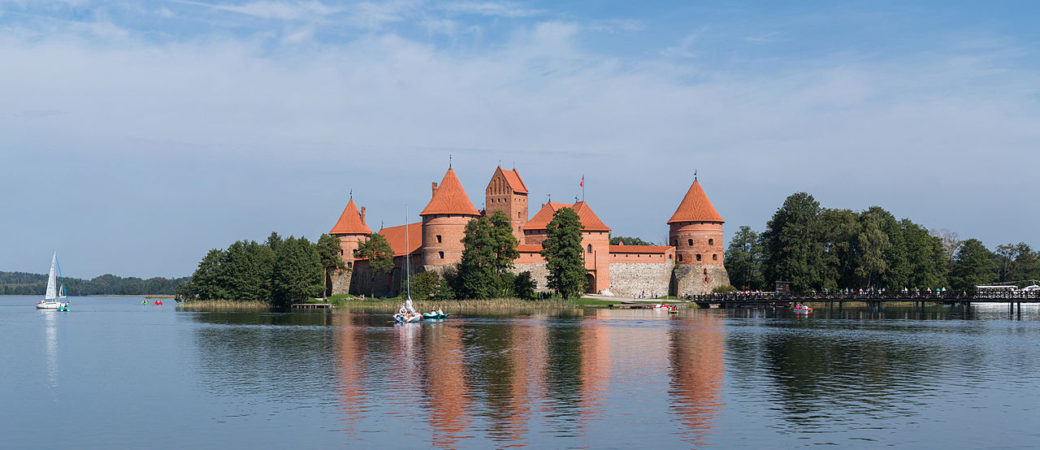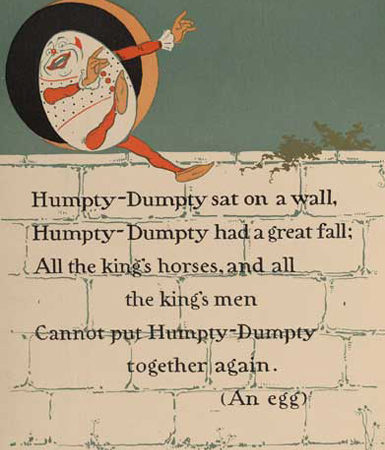Moving Forward with Intention
Times of transition often lead me to reflection. Our congregation is about to transition from Rev. Seth being on sabbatical and Joel Tishken being our sabbatical minister, to having Rev. Seth back with us. But this will not be simply “business as usual.” We will not be going back to how things were before Rev. Seth’s sabbatical, because we are different, and he is different. As the hymn says, “Life calls us on,” (Kendyl Gibbons/Jason Shelton). Life does not, at least in this instance, call us back. Don’t read more into this than I intend: life calls us to continual renewal, to make intentional the change that occurs anyway, no matter what that change turns out to be.
I don’t plan to address the systemic issues we face here. Some of those that seem particularly relevant to me as we move forward are change and stability (or continuity and change), financial support, managing expectations on the cusp between a pastoral and a program sized church, too few volunteers trying to do too much leading to burnout, and theological differences. Nor will I make any specific recommendations about what I think the best course of action is. I do think that we need to be as aware as we can be of our expectations and whether they are realistic, and to hold them flexibly rather than rigidly.
I do not think we have completed the necessary personal and congregational work around the issues that have arisen in our communal life in the past





